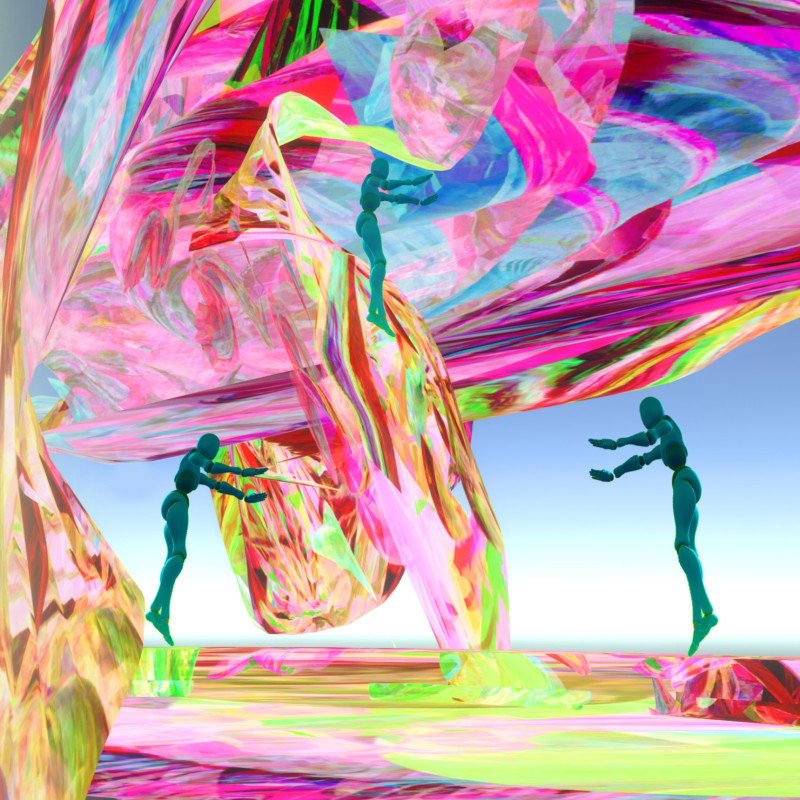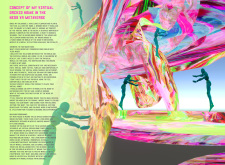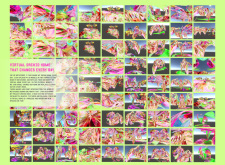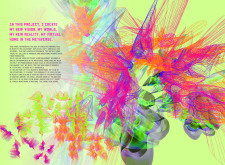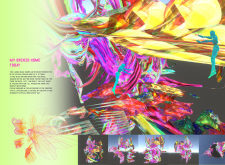5 key facts about this project
The Virtual Orchid Home is a contemporary architectural project designed for the Neos VR platform, merging the realms of architecture and virtual experience. This project embodies the essence of natural beauty through its design language, which draws inspiration from orchid flowers. By employing fluid, organic forms, the design highlights an innovative approach to creating an immersive digital habitat that encourages interaction.
Visual Elements and Interaction
At the core of the Virtual Orchid Home's design is the use of fluid forms that resemble petals and stems, reflecting the characteristics of orchids. These forms create a seamless and engaging spatial environment. The project incorporates a lively color palette with bright hues, evoking the diversity of a floral landscape. Light plays a significant role, enhancing the visual experience while contributing to the perception of movement within the space.
Interactivity is a key feature, with avatars allowing users to explore the environment dynamically. The design facilitates various perspectives, enabling users to engage with the virtual space in ways not possible in traditional architecture. This focus on user experience is paramount, making the Virtual Orchid Home not only a visual artifact but a functional space that encourages movement and exploration.
Conceptual Framework and Unique Approach
The Virtual Orchid Home seeks to redefine the concept of a home in a digital environment. It serves as a refuge that evolves, reflecting changes in user interaction and design iterations. The ability to upload new 3D models regularly introduces an element of impermanence, akin to the natural world. This contrasts sharply with conventional architectural practices, emphasizing flexibility in design.
A notable aspect of this project is its commitment to sustainability within a virtual framework. By utilizing digital representation, the Virtual Orchid Home fosters a dialogue about the intersection of architecture, nature, and technology. It prompts considerations of how architectural design can adapt to serve both functional and aesthetic needs without the constraints of physical materials.
Structural and Material Components
While primarily digital, the Virtual Orchid Home incorporates a range of conceptual materials that enhance the design's depth. The use of digital textures emulates the intricate patterns found on orchid petals, enriching the user experience. Translucent materials suggestive of organic forms reveal underlying structures, further establishing a connection between the digital design and its inspirational sources.
Wireframe elements characterize some sections, showcasing the internal framework that underpins the overall composition. These components support the architectural narrative, emphasizing the innovative processes involved in its creation. Each detail is meticulously crafted to contribute to the larger architectural vision, reinforcing the unique identity of the Virtual Orchid Home.
The Virtual Orchid Home exemplifies a new direction in architectural design, merging the immersive potential of virtual reality with the elegance of natural forms. For those interested in gaining a comprehensive understanding of this project, exploring architectural plans, architectural sections, and architectural designs will provide valuable insights into the innovative ideas that define this work.


